Saw-scaled Viper
- December 17, 2023
- 0 comment
The Saw-scaled Viper (Echis carinatus) is a venomous snake species found predominantly in arid regions of Africa, the Middle East, and the Indian subcontinent. Known for its small size, distinctive scale patterns, and highly potent venom, this snake poses a significant threat to humans in its native habitats. Characterised by a series of keeled scales that produce a rasping sound when the snake rubs them together, the Saw-scaled Viper is aptly named.
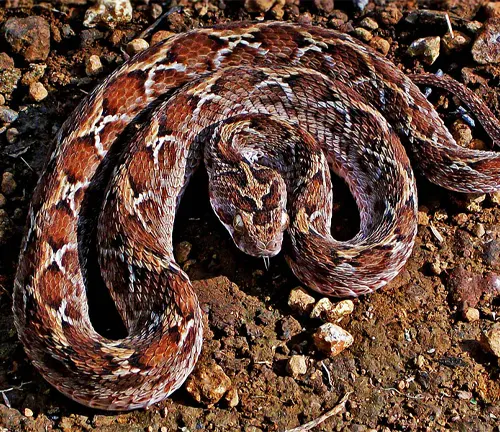
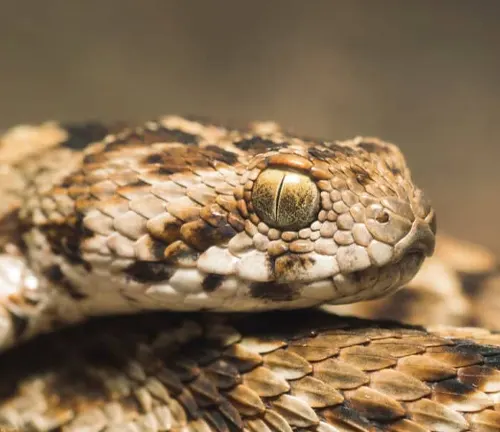
Typically measuring between 30 to 60 centimeters in length, it relies on its cryptic coloration to blend seamlessly into its surroundings, making it a formidable ambush predator. Despite its diminutive size, the Saw-scaled Viper is responsible for a considerable number of snakebite incidents and fatalities, making it one of the most medically significant venomous snakes in its range. Its venom is hemotoxic and can lead to symptoms ranging from local tissue damage to systemic effects, necessitating prompt medical attention if envenomation occurs.
The elusive and often nocturnal nature of the Saw-scaled Viper adds an element of challenge to the study and conservation efforts aimed at understanding and protecting this fascinating yet dangerous snake species.
| Characteristic | Description |
|---|---|
| Species Name | Echis carinatus |
| Family | Viperidae |
| Geographic Range | Africa, Middle East, Indian Subcontinent |
| Size | 30 to 60 centimeters in length |
| Scale Characteristics | Keeled scales that produce a rasping sound |
| Coloration | Cryptic coloration for camouflage |
| Venom Type | Hemotoxic |
| Venom Potency | Highly potent, can cause severe envenomation |
| Hunting Behaviour | Ambush predator, often nocturnal |
| Habitat | Arid regions, desert, rocky areas |
| Threat to Humans | Significant, responsible for snakebite incidents |
| Medical Importance | One of the most medically significant vipers |
| Conservation Status | Conservation concerns due to habitat destruction |
Venomous or Not Venomous?
One cannot discuss the Saw-Scaled Viper without delving into its venomous nature. The potency of its hemotoxic venom makes it a formidable predator, and its ability to cause severe envenomation in humans underscores the importance of understanding and respecting this creature’s role in the ecosystem.
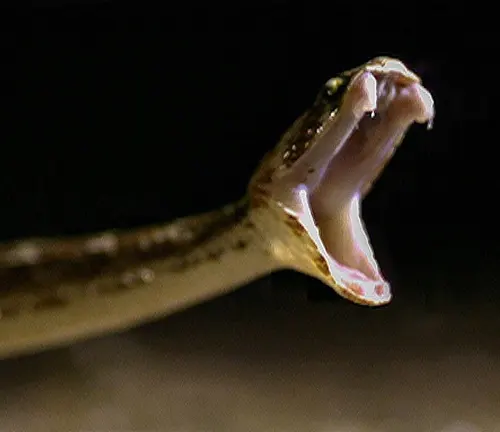
Ecological Importance
Beyond its venomous reputation, the Saw-Scaled Viper plays a crucial role in maintaining ecological balance. As an ambush predator, it helps control rodent populations, contributing to the delicate equilibrium of its habitat. Studying its ecological interactions provides insights into the intricate web of life in arid regions.
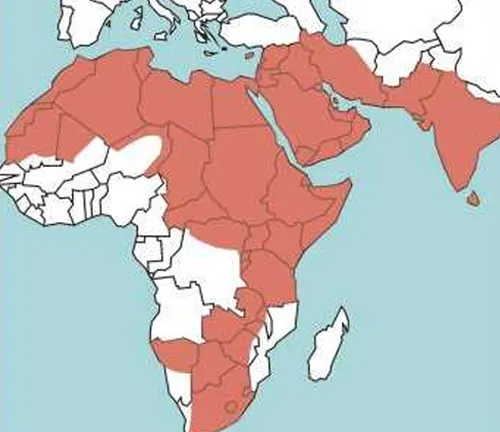
Habitat
The Saw-Scaled Viper thrives in arid landscapes, from the deserts of Africa to the rocky terrains of the Middle East and the Indian subcontinent. Its adaptation to these challenging environments showcases the resilience and versatility of this species.
Behaviour
This nocturnal serpent’s behaviour is shrouded in mystery. Operating primarily under the cover of darkness, it relies on ambush tactics to secure its prey. Understanding the behavioural nuances of the Saw-Scaled Viper unveils the secrets of its survival strategies.
Art And Culture
In various cultures, the Saw-Scaled Viper holds symbolic significance. Whether as a representation of danger or as a symbol of resilience, art and folklore often intertwine with the presence of this viper, showcasing the deep connection between humans and nature.
Survival
Survival in arid regions requires unique adaptations. The Saw-Scaled Viper’s ability to thrive in harsh conditions, coupled with its camouflage and hunting skills, reflects the tenacity and resourcefulness essential for survival in challenging environments.
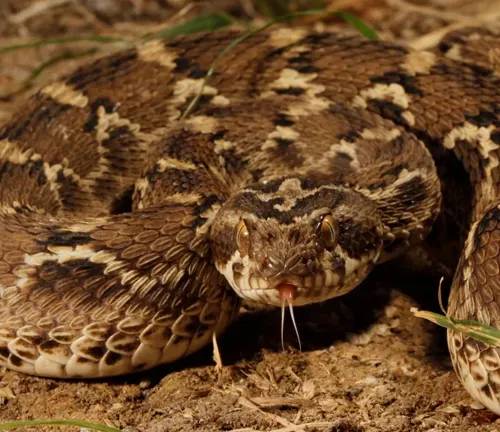
Conservation
Conservation efforts are paramount to safeguarding the Saw-Scaled Viper and its habitat. Rapid urbanisation and habitat destruction pose threats to this species, emphasising the urgency of conservation initiatives to ensure its continued existence.
Common Food
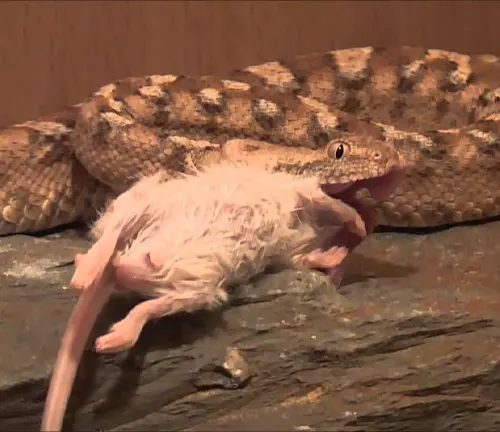
A carnivorous appetite defines the Saw-Scaled Viper’s diet. Small mammals, rodents, and even other snakes fall prey to its venomous strikes. Examining its diet unravels the intricacies of its role as a predator in the ecosystem.
Benefits
While the Saw-Scaled Viper instils fear due to its venomous nature, it contributes positively to human welfare by controlling rodent populations. Acknowledging its role in pest management emphasises the delicate balance between coexistence and caution.
Different Species
Echis carinatus
The nominate species, Echis carinatus, is found in various subspecies across its wide distribution range, which includes parts of Africa, the Middle East, and the Indian subcontinent.
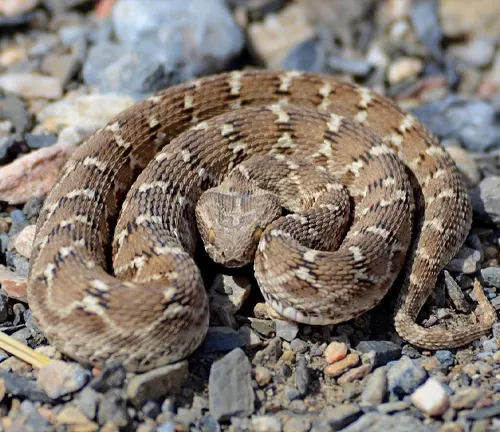

Echis carinatus sochureki
Found in parts of Iran, this subspecies has its own specific morphological and ecological traits.
Echis carinatus multisquamatus
This subspecies inhabits areas in the Middle East and displays variations in scale patterns compared to other subspecies.
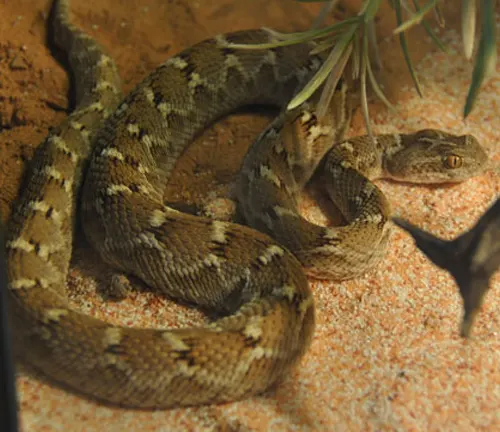

Echis carinatus pyramidum
Indigenous to northeastern Africa, including regions like Egypt and Sudan, this subspecies adapts to its desert environment.
Echis carinatus ocellatus
This subspecies is found in West Africa and is characterised by distinctive eye-like markings on its back.

Conclusion
In conclusion, the Saw-Scaled Viper is more than a venomous snake; it is a fascinating species intricately woven into the tapestry of its arid habitat. Understanding its botanical beauty, ecological importance, and the need for conservation allows us to appreciate the delicate harmony between humans and this enigmatic serpent.
Frequently Asked Questions (FAQs)
- What is a Saw-scaled Viper?
The Saw-scaled Viper (Echis carinatus) is a venomous snake species found in arid regions of Africa, the Middle East, and the Indian subcontinent. It is known for its small size, distinctive scales, and potent hemotoxic venom. - How venomous is the Saw-scaled Viper?
The Saw-scaled Viper is highly venomous, and its bite can cause severe envenomation in humans. The venom is hemotoxic, affecting the blood-clotting mechanism and causing tissue damage. - What does the Saw-scaled Viper eat?
Saw-scaled Vipers primarily feed on small mammals, including rodents. They are carnivorous and use their venom to subdue and consume their prey. - What is the habitat of the Saw-scaled Viper?
These vipers inhabit arid environments such as deserts, rocky areas, and scrub lands. Their cryptic coloration helps them blend into their surroundings. - Are Saw-scaled Vipers nocturnal?
Yes, Saw-scaled Vipers are primarily nocturnal. They are active during the night, employing ambush tactics to capture prey. - How do Saw-scaled Vipers get their name?
They get their name from the saw-like appearance of their keeled scales. When threatened, these snakes can rub their scales together, producing a distinctive rasping sound. - What is the conservation status of Saw-scaled Vipers?
The conservation status varies among different species and subspecies, but many face threats due to habitat destruction and human encroachment. Some are listed as species of concern. - Can Saw-scaled Vipers be kept as pets?
Keeping Saw-scaled Vipers as pets is not recommended due to their venomous nature. They are not suitable for captivity, and owning them may pose risks to both the owner and the snake. - What is the cultural significance of Saw-scaled Vipers?
In various cultures, Saw-scaled Vipers may hold symbolic significance, representing danger, resilience, or other qualities. They may appear in folklore, art, and traditional beliefs. - How do I avoid a Saw-scaled Viper bite?
Avoiding encounters with Saw-scaled Vipers is crucial. Wear protective clothing, use caution in areas where they are known to inhabit, and seek immediate medical attention if bitten.



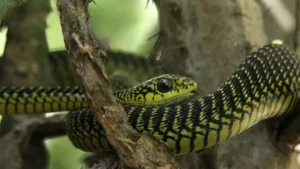

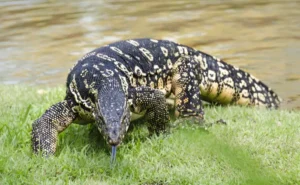



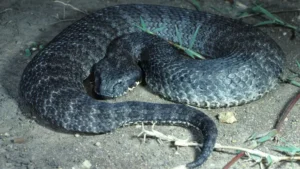

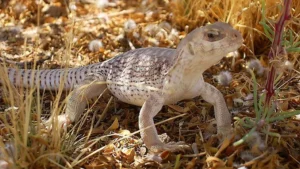


Leave your comment